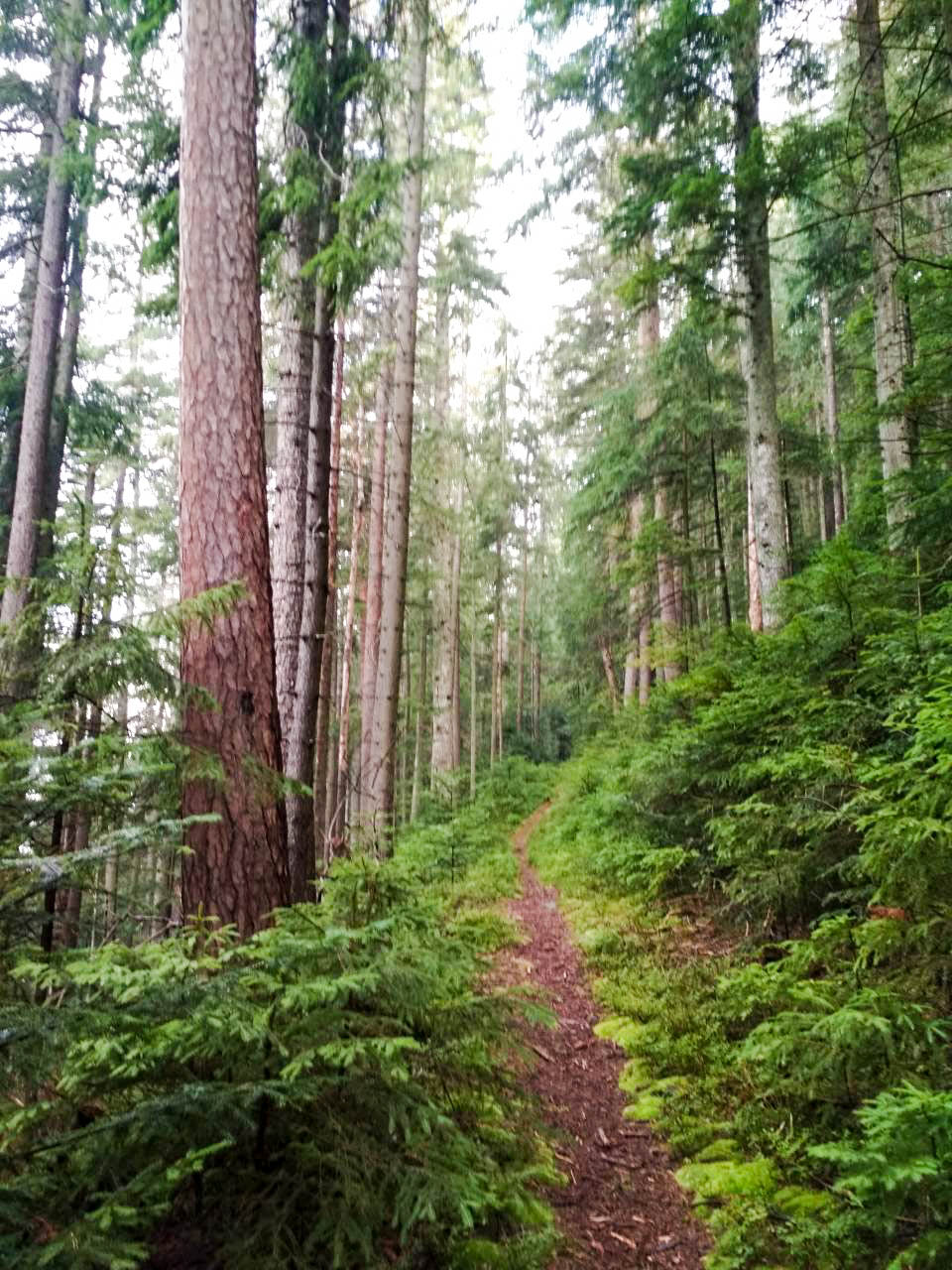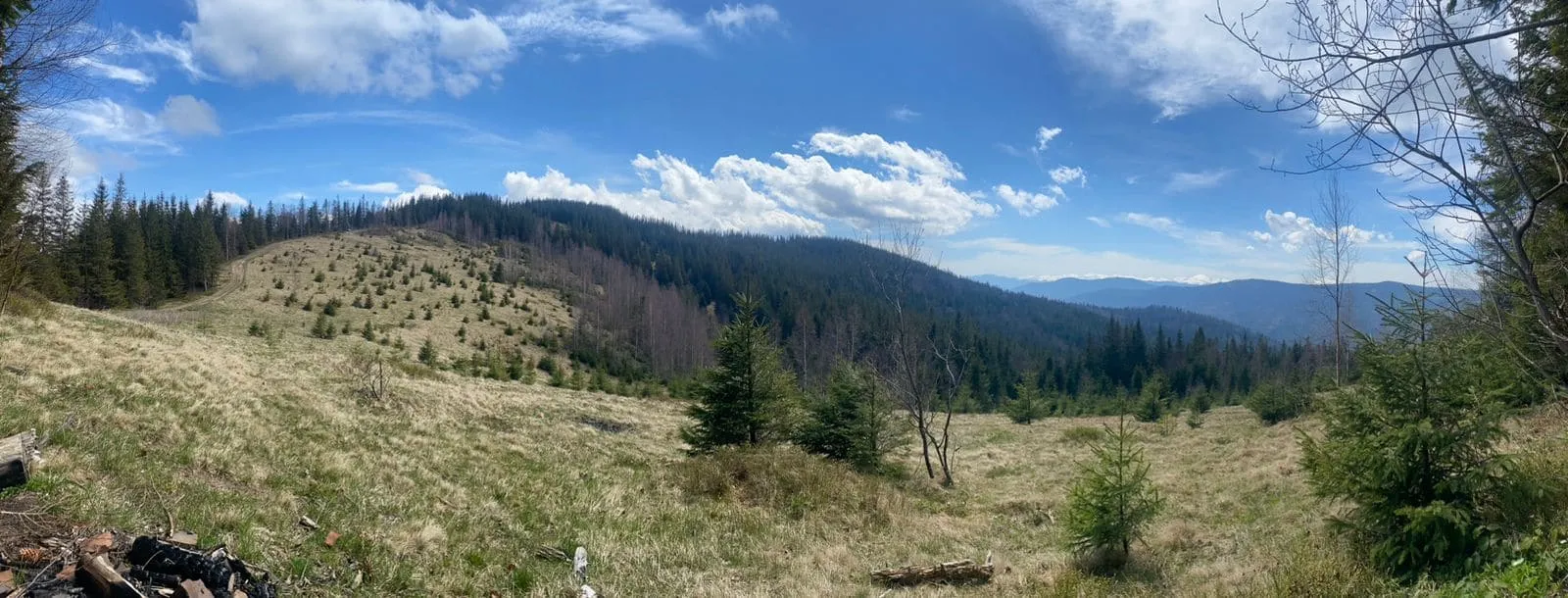Zhenets Tract – Kruhloyavirnyk Meadow
-
Difficulty
Середня -
Length
5.5 -
Duration
3 год.
-
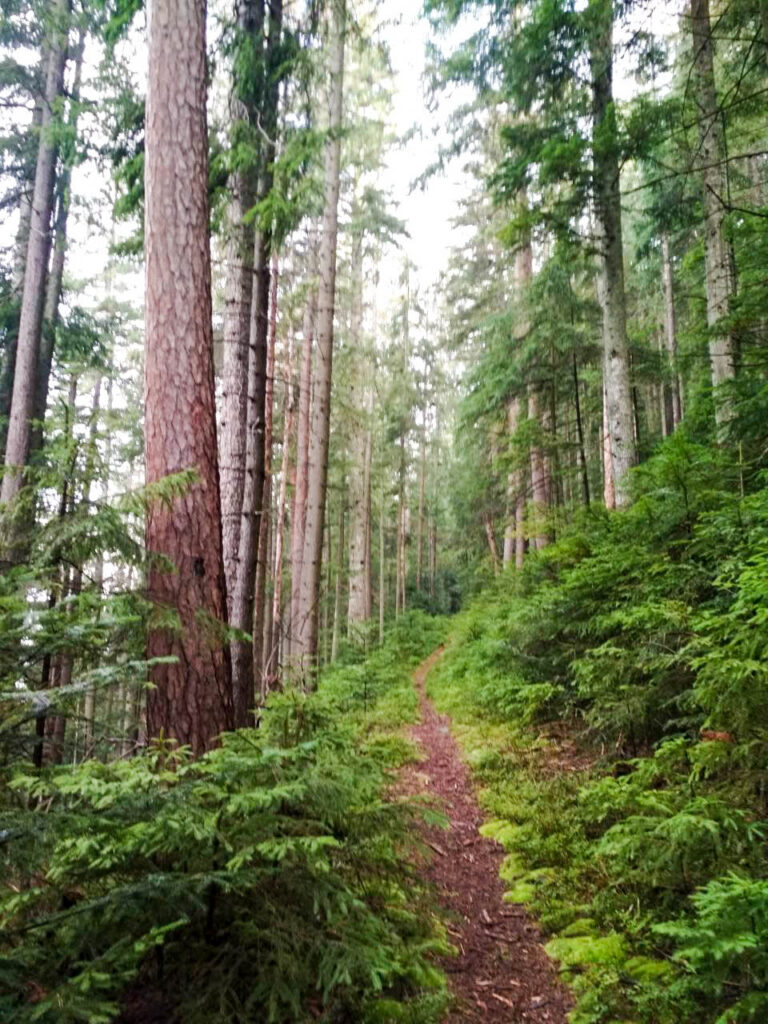
The trail starts by a premise of the Zhenets Nature Conservation and Research Division. This trail was established in the 1920s during the Austro-Hungarian Empire. A part of the stone road, which was used for horse-drawn carriages, has remained.
Taking into account certain climate indicators, three thermal zones have been distinguished in this territory: temperate (650–850 m a.s.l.), cool (850–1200 m a.s.l.), and cold (to the top of Kruglojavirnyk – 1221 m a.s.l.).
Having crossed a suspension bridge, we find ourselves in a spruce-birch forest, with some plantations of relict Scots pine. At a distance of 600 m from the beginning of the trail, the plantations turn into a spruce-pine virgin forest. The average age of plantations is about 130 years.
-
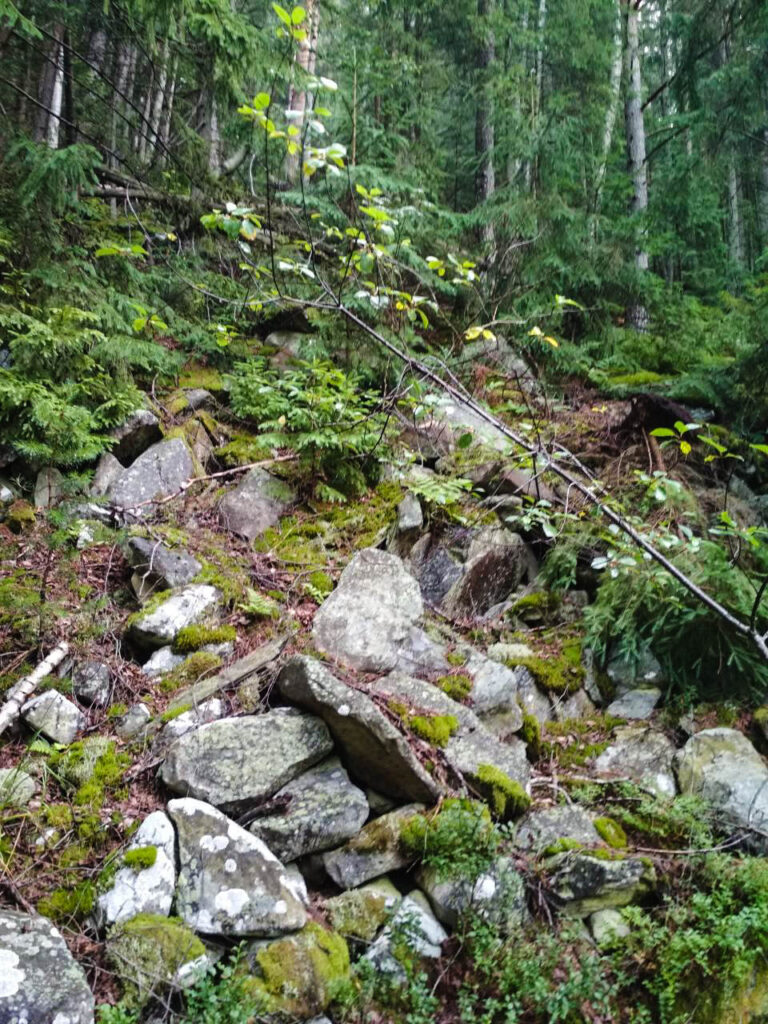
The trail, winding along a serpentine path, covers natural complexes with diverse landscapes of forest and subalpine zones. Its lower part is located on the slopes of landslide erosion. Its steepness in some places reaches from 50 to 60 degrees. The slopes are covered with boulders and rubbles, which belong to small gravitational types of relief. Ravines, washouts, and landslides prevail among the small forms of relief. Stone placers are common to this area too.
-
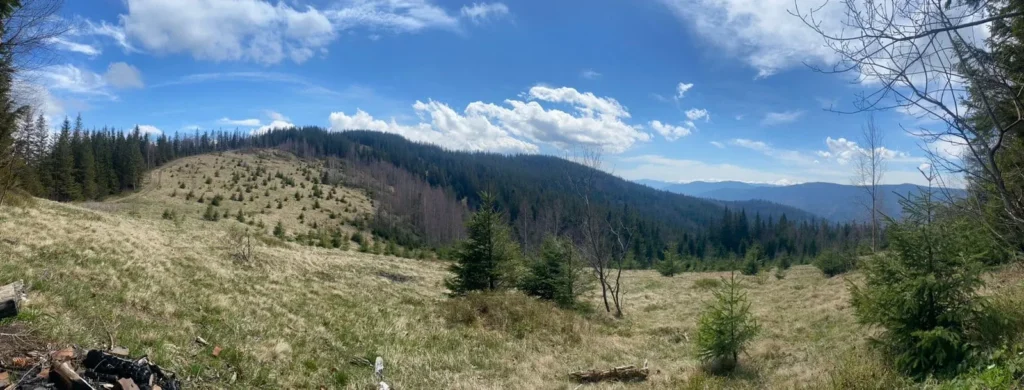
The forest massif in the middle part of the trail up to 2100 m from its start is represented by a naturally restored 140-year-old beech-fir-spruce forest with elements of primeval forest. Having reached a height of 1220 m a.s.l., the trail leads to the Kruhlojavirnyk forest meadow. The ridge and its peak take on a rounded shape.
Deviation from the route.
Damage to natural objects.
Breeding hearths in places not designated for this purpose, smoking when passing through forests.
Felling and damage to trees plucking flowers, collecting medicinal plants.
Hunting for animals, destruction of their habitats.
Catching fish by any means.
Stay with firearms.
Territory littering, noise.
Report to The State Emergency Service before you go on a hike, so that rescuers can find you quickly and in time if something happens. This requires only two steps:
-
Fill out the online form
Fill in the online form to inform the mountain search and rescue units about the planned trips to the mountains.
Online form -
Save the contacts of rescue units
Make a note in your mobile phones of the mountain search and rescue units of the area in which you are going to travel.
Contacts of divisions




